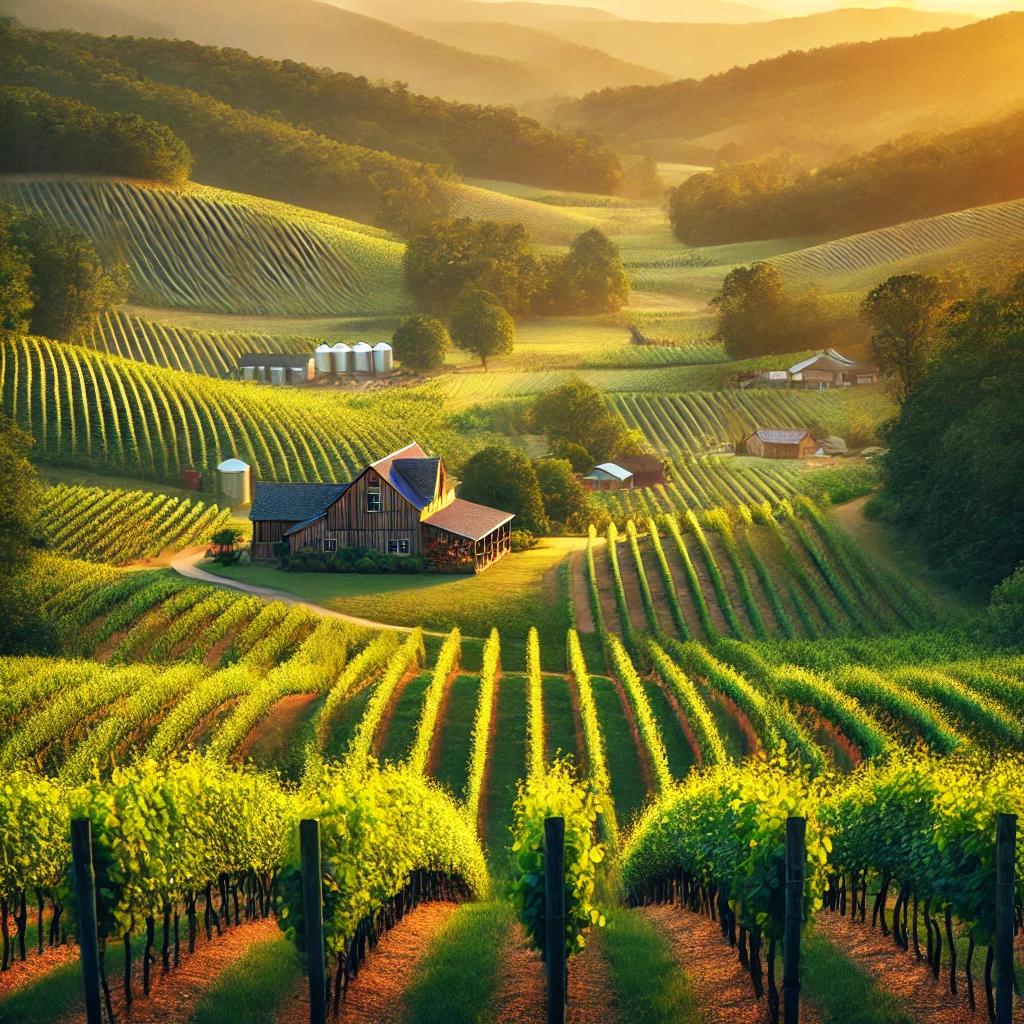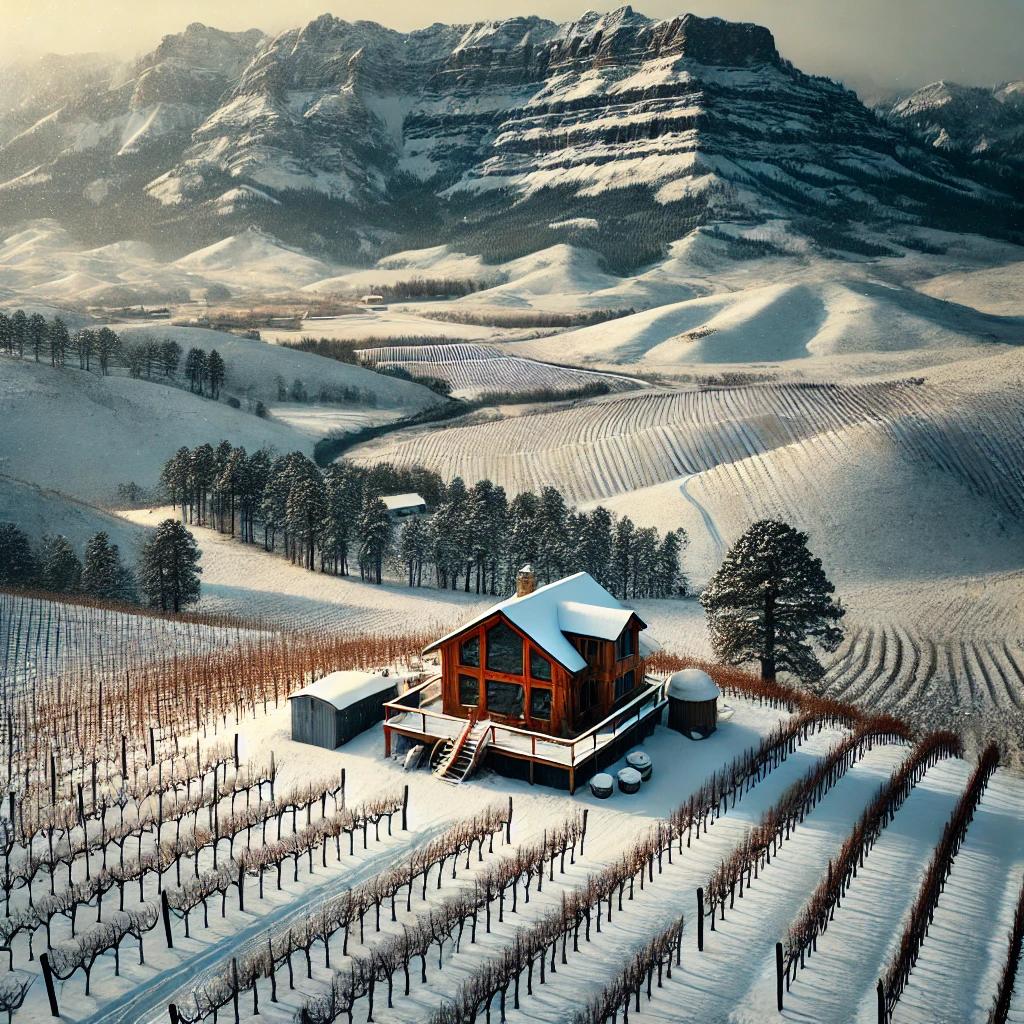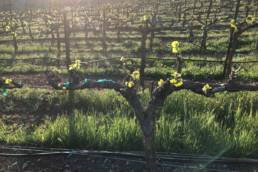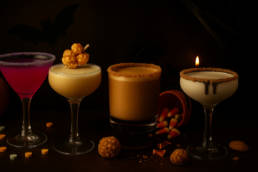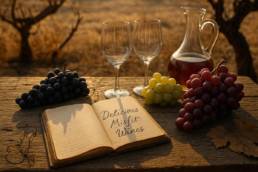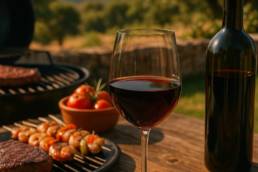Morning News – February 2025 – Wine in the Most Interesting Places
Human tendencies and actions are quite amusing at times. We seem to believe that the more effort put forth to acquire something (time, money, distance, etc.), the better those good or services will effectively be. The health industry is not immune to these beliefs either. An old adage exists that the definition of an expert is a doctor in a different town. Although that phrase usually gets uttered with tongue planted in cheek, wine consumers, on the other hand, are quite serious about this notion.
Somehow wine industry marketing has convinced many patrons that they need to buy expensive wines from beautiful tasting rooms in well-established wine regions. I would hope that spending north of a C note for your bottle, would translate as drinking fairly well. To be quite honest, I currently have a few of these bottles in my wine cooler right now. They are not, however, what I would call my special bottles.
For me, and I believe for some of my wine geek brethren as well, wine is about discovery. Finding an unusual varietal or a neophyte region making good juice, that’s the “special.” So now that you’ve had time to let your liver rest during dry (or a least damp) January, let’s explore some of those special finds from unusual places.
Geneva on the Lake
 One of the first wine festivals I attended was in Geneva on the Lake, Ohio. Vineyards on the shores of Lake Erie may not be on your short list for wine destinations, but it should be. Lake effect can be witnessed in wine regions all over the world, helping to reflect sunlight and moderate temperatures. This terroir impact is especially important in cooler climates, allowing for varieties that would otherwise not survive.
One of the first wine festivals I attended was in Geneva on the Lake, Ohio. Vineyards on the shores of Lake Erie may not be on your short list for wine destinations, but it should be. Lake effect can be witnessed in wine regions all over the world, helping to reflect sunlight and moderate temperatures. This terroir impact is especially important in cooler climates, allowing for varieties that would otherwise not survive.
With over 30 wineries in the area, there are a lot of grapes and wines to choose from. Although the producers put out some interesting red wine, I still feel their strength rests with the broad spectrum of white varieties. Most wineries have shipping availability for your convenience but there truly is no substitute for visiting one of the many wine-centric events in person.
Yadkin Valley
Over a decade ago I traveled to Yadkin Valley, North Carolina to interview some winemakers from this upstart region. Much to my pleasure, I was instantly impressed with their veracity and dedication. The quality of the wine was variable between producers but there were a few with some real potential.
Fast forward to the present and one sees the Yadkin Valley wine industry has definitely matured. Not only was there a noticeable growth in the number of wineries but the quality had increased across the board. This is a region where you can taste vinifera wines (European grapes) alongside indigenous American varieties and I highly recommend you do. The diversity of wine styles and varieties ensures visitors will find something to give them that eyebrow raising experience.
Dahlonega Plateau
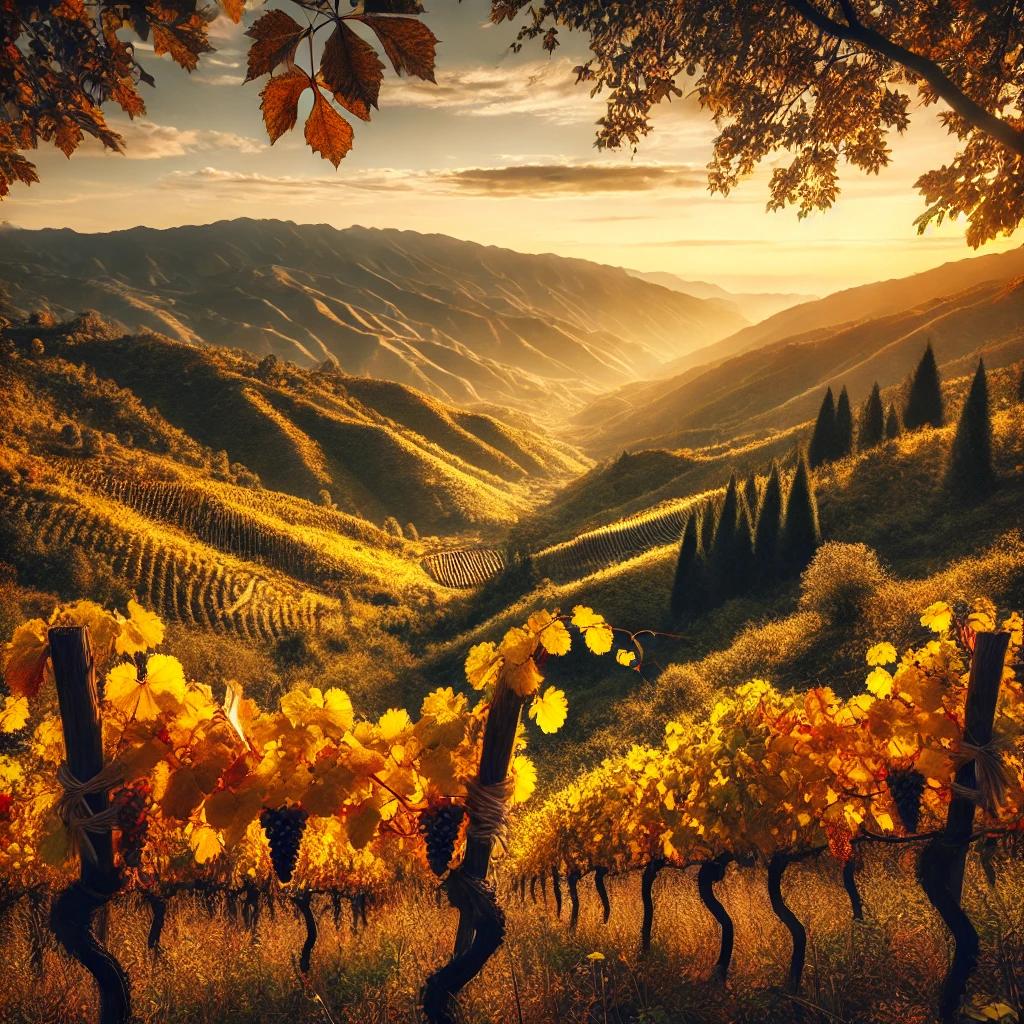 Moving further south, one would assume it impossible to grow vinifera grapes in places like Georgia. For most of the state you would be correct but the northern part of Georgia has a variety of mountain ranges providing a special advantage. The altitude gives the vines a necessary rest from the extreme heat of the southern summer while the long days allow for full phenolic ripening. The resultant wines are complex, varietally expressive and retain a sturdy acid backbone.
Moving further south, one would assume it impossible to grow vinifera grapes in places like Georgia. For most of the state you would be correct but the northern part of Georgia has a variety of mountain ranges providing a special advantage. The altitude gives the vines a necessary rest from the extreme heat of the southern summer while the long days allow for full phenolic ripening. The resultant wines are complex, varietally expressive and retain a sturdy acid backbone.
Georgia produces mostly muscadine, fruit wines and hybrids but some forward-thinking producers have branched out to attempt European varieties. The Dahlonega (duh-loh-nee-guh) Plateau has been the best area for these experiments; validated by gaining AVA (American Viticultural Area) status in 2018. As an interesting historical aside, the name Dahlonega derives from Cherokee meaning “gold.” This term alludes to the first United States goldrush occurring in Georgia around 1829, but now the gold in this region grows on vines.
Montana
The final case of unusual places for wine delivers one of the most extreme examples, Montana. The state itself has only been planting grapes and making wine for a few decades, thanks to the development of cold tolerant hybrid varieties. The first of these were planted in 2005 by pastor Bob Thaden, later constructing what would become Tongue River Winery in 2009.
Montana’s wine industry has just breached the stage of viticultural infancy but if what I’ve tasted is any indication of potential, they will be the next celebrated cold-climate region. Although the wines may present a bit of a challenge to find, they will certainly provide both a good story and a delight to your adventurous wine guests.
Some pretentious wine consumers may turn their noses up at the thought of hybrids but, as we previously established, wine is about exploration. Thus, our journey assumes, even necessitates an open mind toward new things. Human nature being what it is, however, I plan on introducing hybrids to some of my events with the only way to truly remove judgement; blind tasting.
I sincerely hope that you gained some appreciation over all the varied regions and states where wine can be successfully produced. We all are guilty of getting caught in that wine rut where we drink the same labels, regions and varieties. With a little effort, we can challenge ourselves to seek out these interesting and unique wine experiences. It is in these times of discovery that we truly find those “special bottles.”
Ferrante Estate Grown Chardonnay Reserve 2023 Geneva, Ohio $25
This 100% Chardonnay is an amalgam of styles. The juice does see some oak but the use of French barrel for only 9 months keeps those “oaky” nuances as a supporting cast member. The nose has overt grilled orchard fruit (peach, pear, apricot), sweet baking spice, a floral blossom quality and slight toasted note. Although the palate has some of the same qualities, the texture remains the talking point. The noticeable viscous mouthfeel and slight lemon yoghurt nuance stems from the refreshingly judicious use of malolactic fermentation (MLF). Pair this wine with smoked salmon, lighter fish in cream sauces or baked brie.
Erik Martella Summer Kitchen 2022 Yadkin Valley, North Carolina $37
This 100% Carlos wine shows overt aromas of drippy fruit nectar (white peach, pear, honeydew), orchard blossom and a musky, foxy quality that unveils its heritage to the muscadine family. The nose tricks you into thinking this wine will be perceptibly sweet but then surprises you on the palate with an acid-driven dry wine. The aromas carry through from the nose with an added citrus note (nectarine skin) and “grapey-ness”. The producer suggests pairing with cold fried chicken or mac and cheese. I wholeheartedly agree with the caveat of adding some truffle to the mac and cheese to further draw out the earthy, musky element. At 12% abv you can just pop and sip with little guilt.
Sandy Springs Boutique Winery Georgia, USA $25
This 100% Aglianico hails from the state of Georgia but the variety itself gained fame as a staple grape in the heel of Italy. The nose has smoked berry (strawberry, raspberry), plum, nutmeg and coco powder. The dry palate has a bright zippy acidity with perceptible but well tamed tannin structure. The palate shows the same smoked berry element as the nose with an added earthy, brambly note. This interesting wine begs for cured meat, carne asada or asiago cheese.
Tongue River Winery White Buffalo 2022 Montana, USA $24
The wine is a blend of 69% Marquette, 19% Frontenac, and 12% Petit Pearl, which may be three hybrid varieties completely new to your wine repertoire. The nose has a fruit compote essence (blackberry, plum, blueberry), with unsweetened baking chocolate, brambles and spice (white pepper) all wrapped in a cedar box. The palate is dry with a tart acidity, medium body and a fine-grained tannin structure. The nature of the fruit on the palate is slightly crunchier with an added sweet spice and a slight enjoyable bitter tannic bite on the finish. This would seamlessly accompany pork barbecue, rack of lamb or slow roasted beef ribs.

